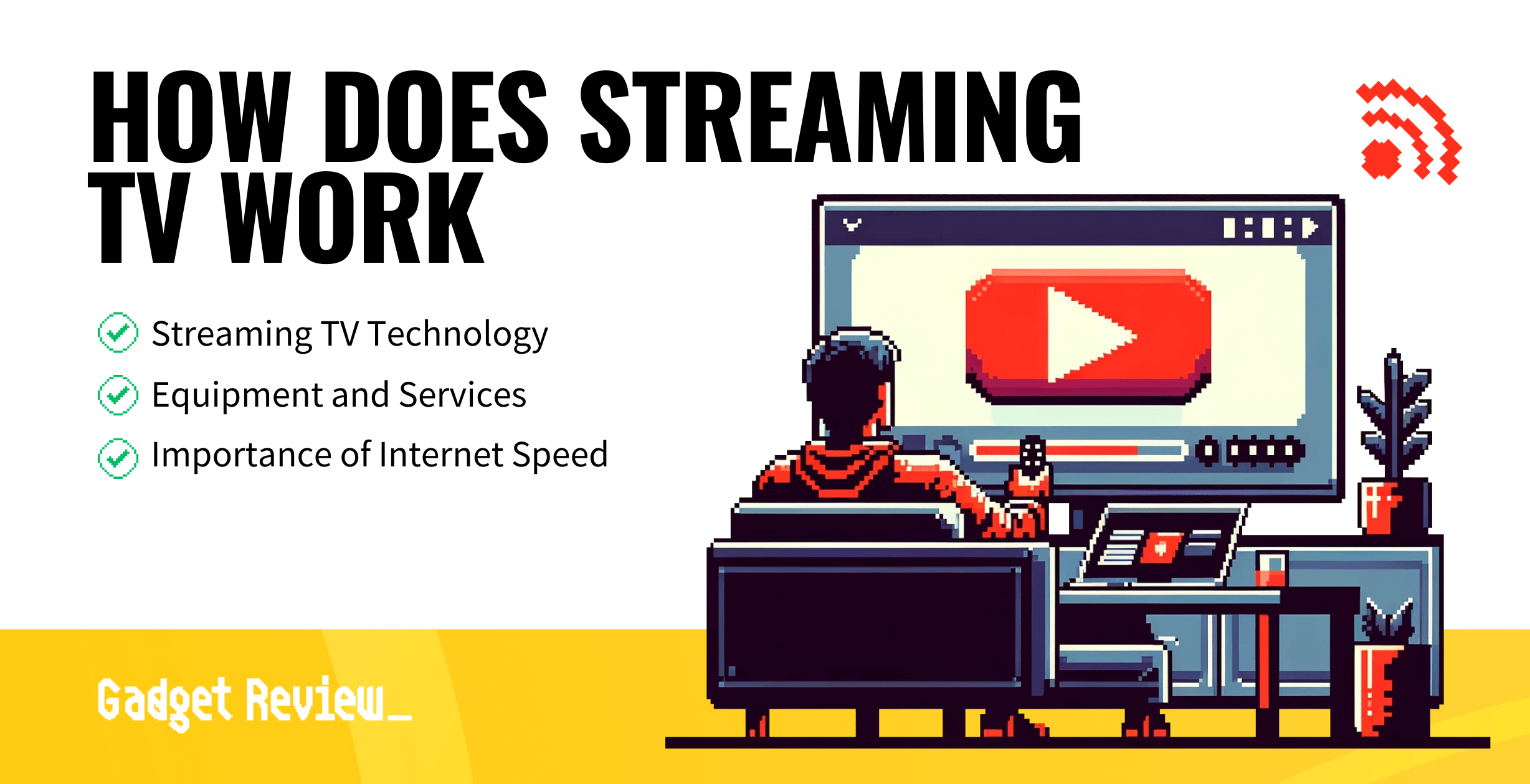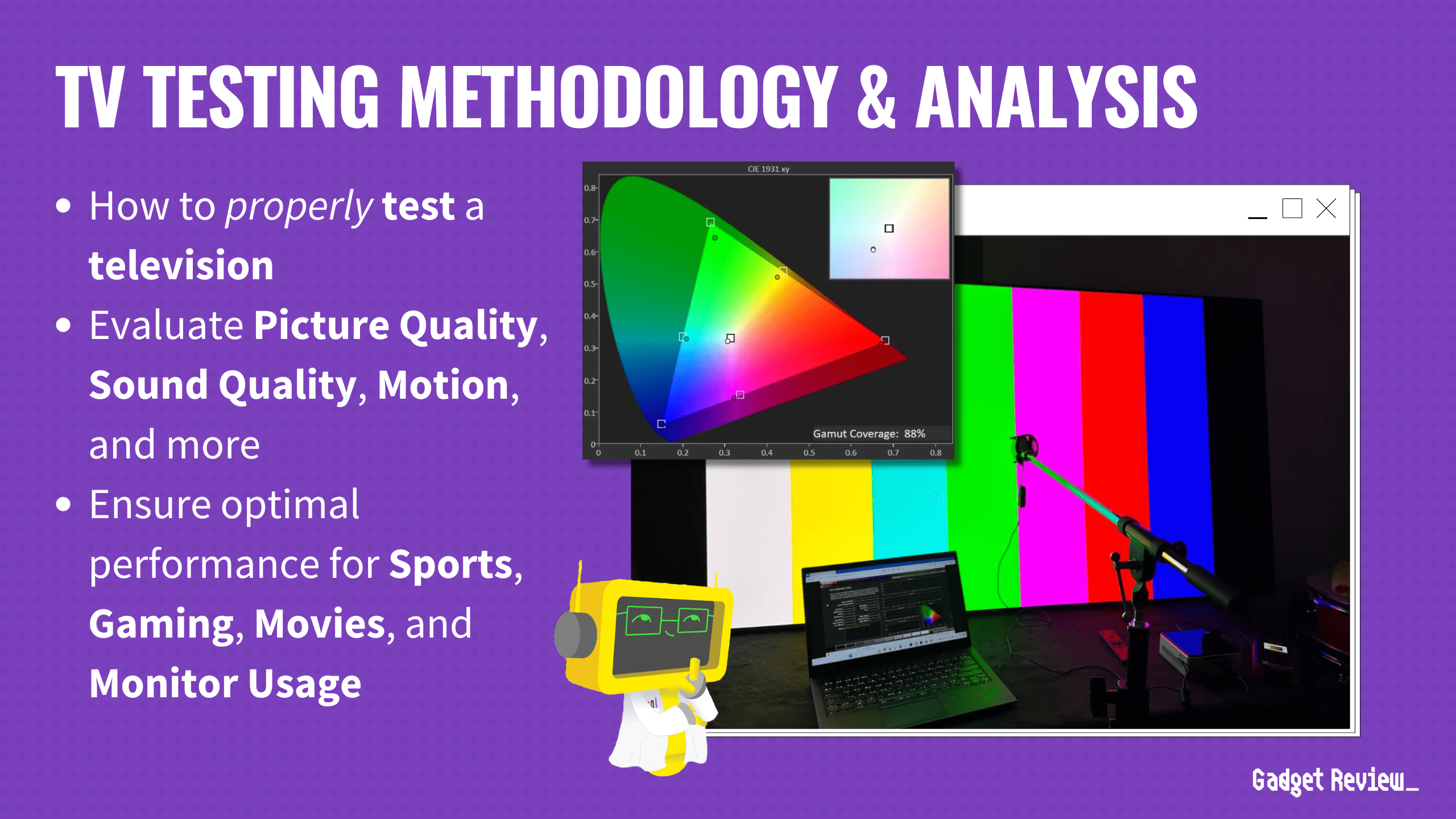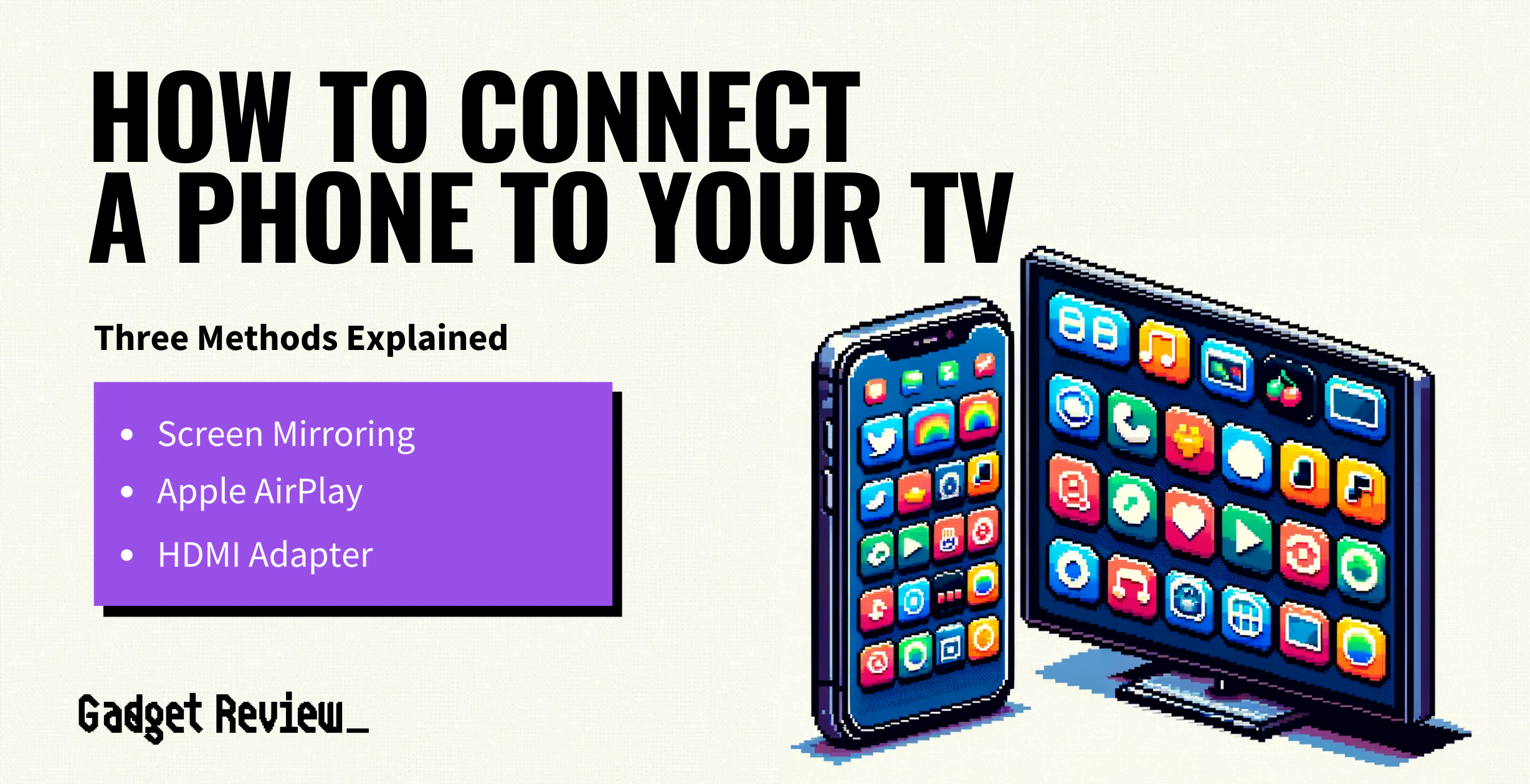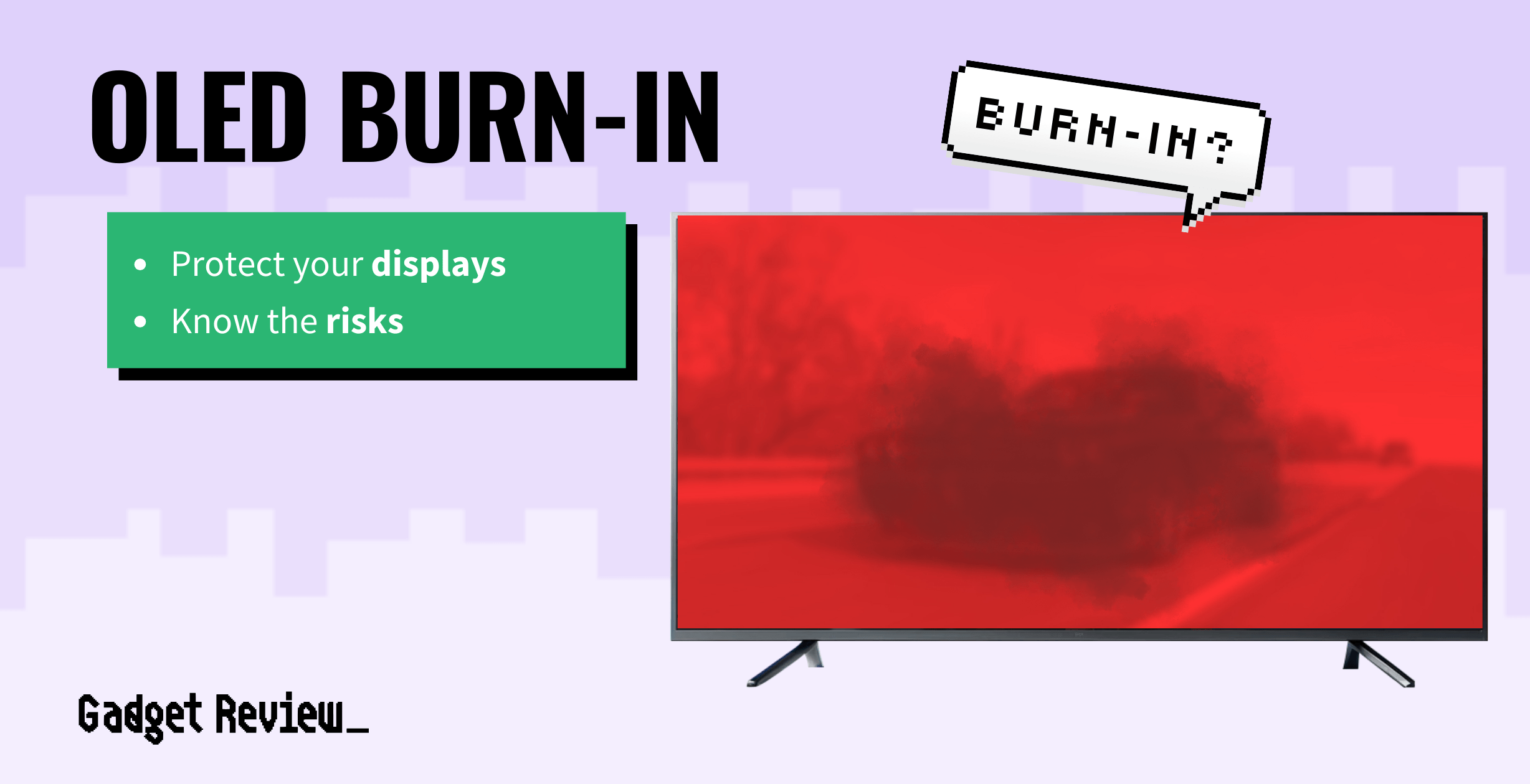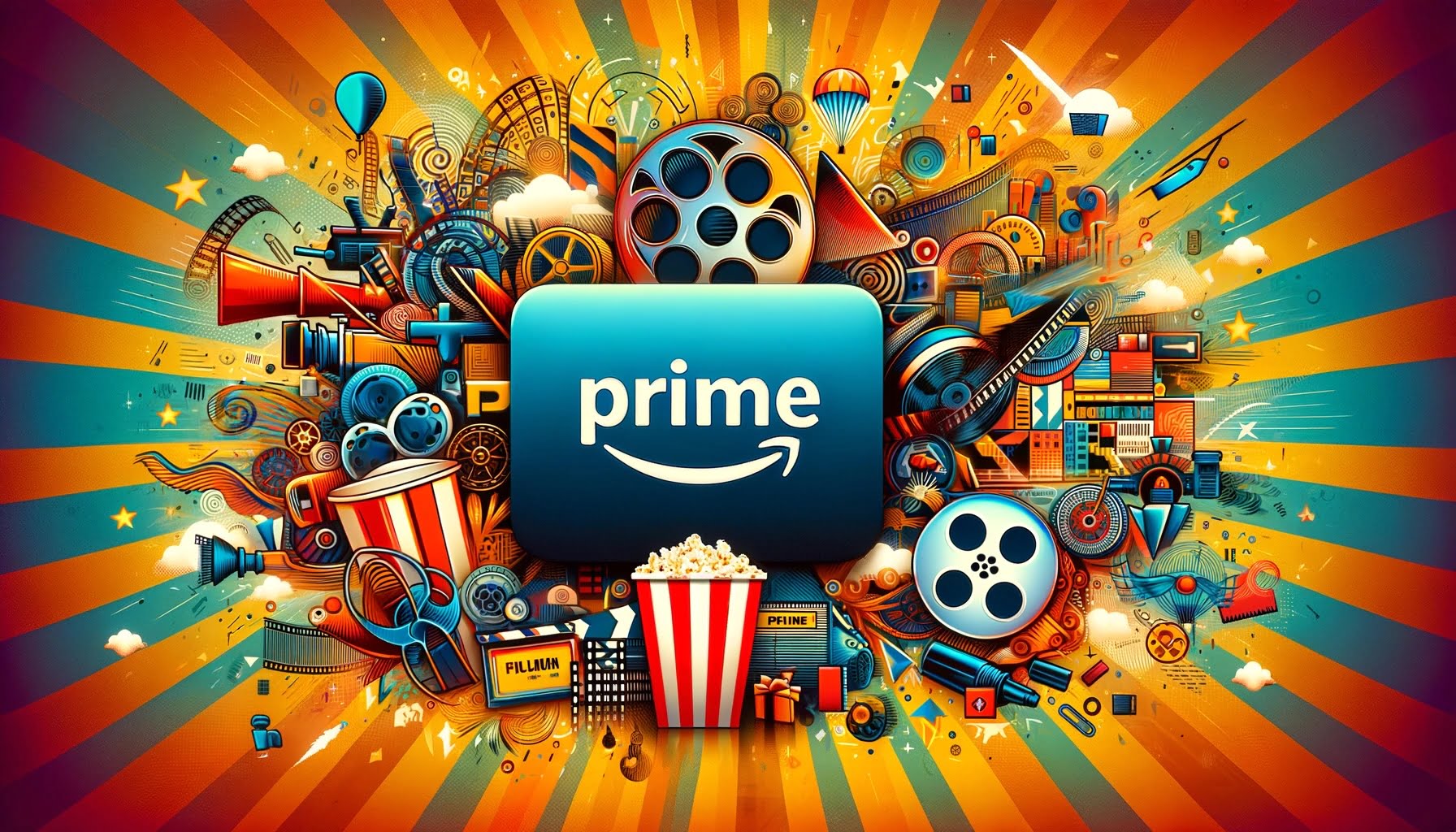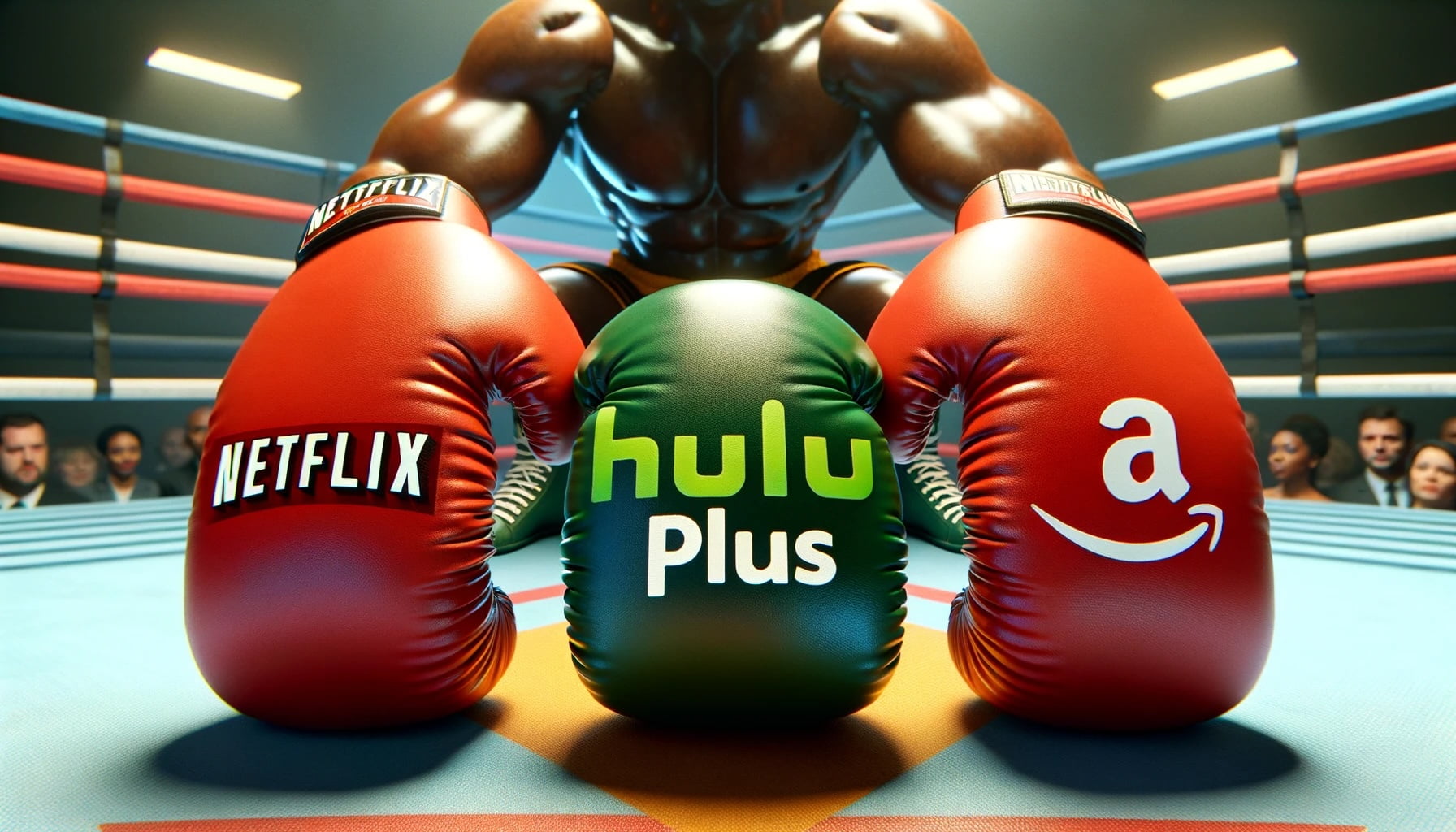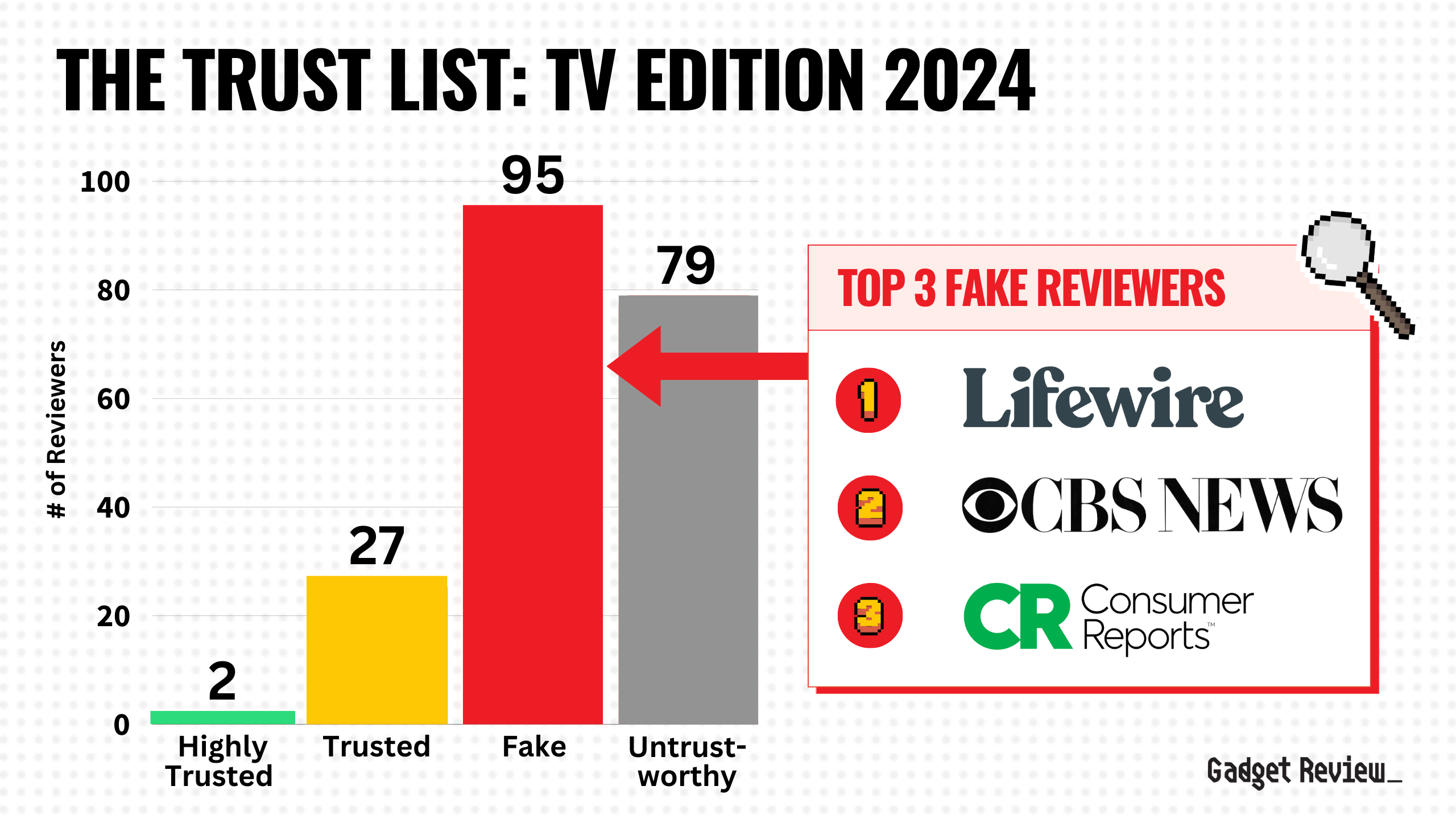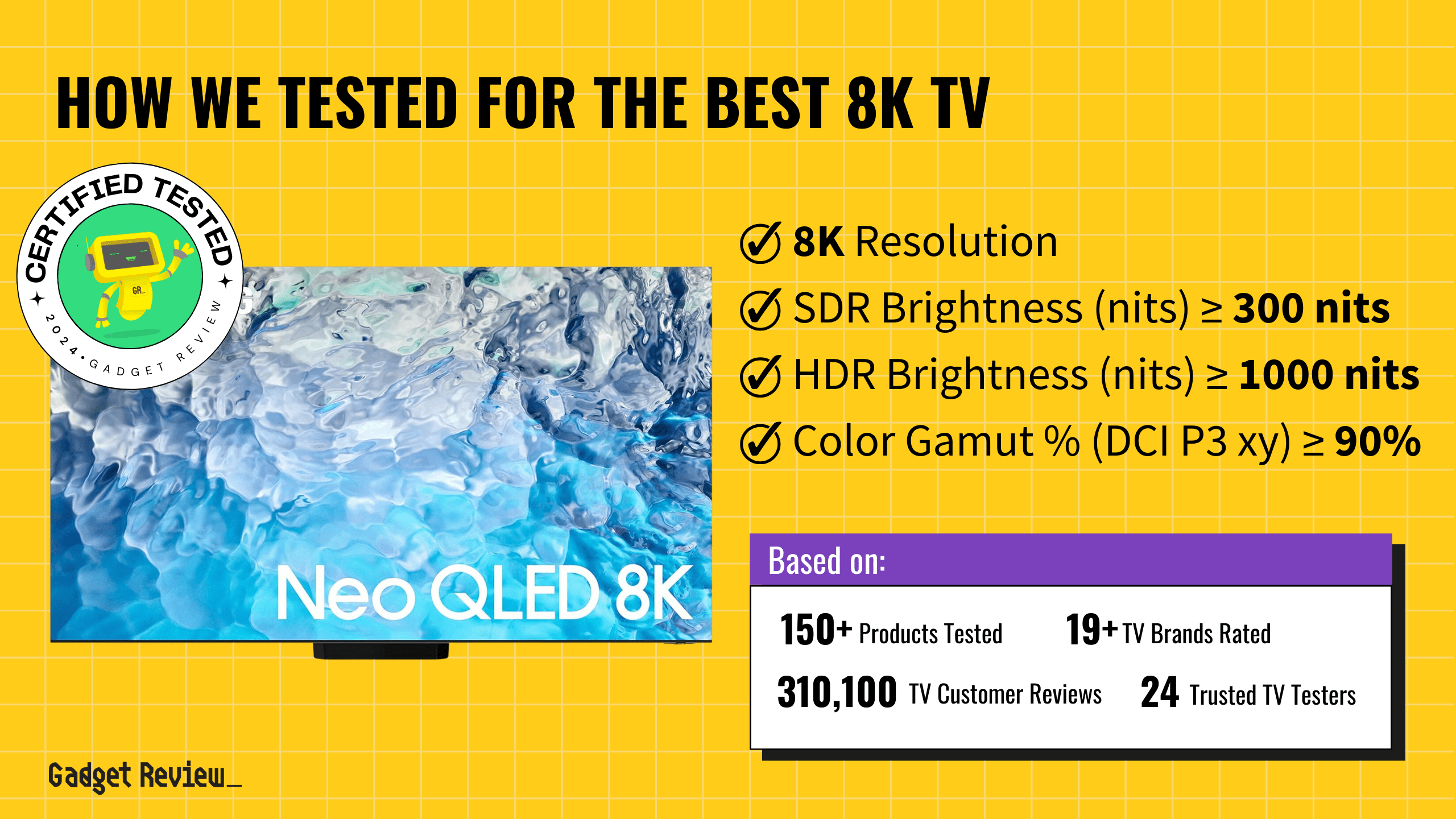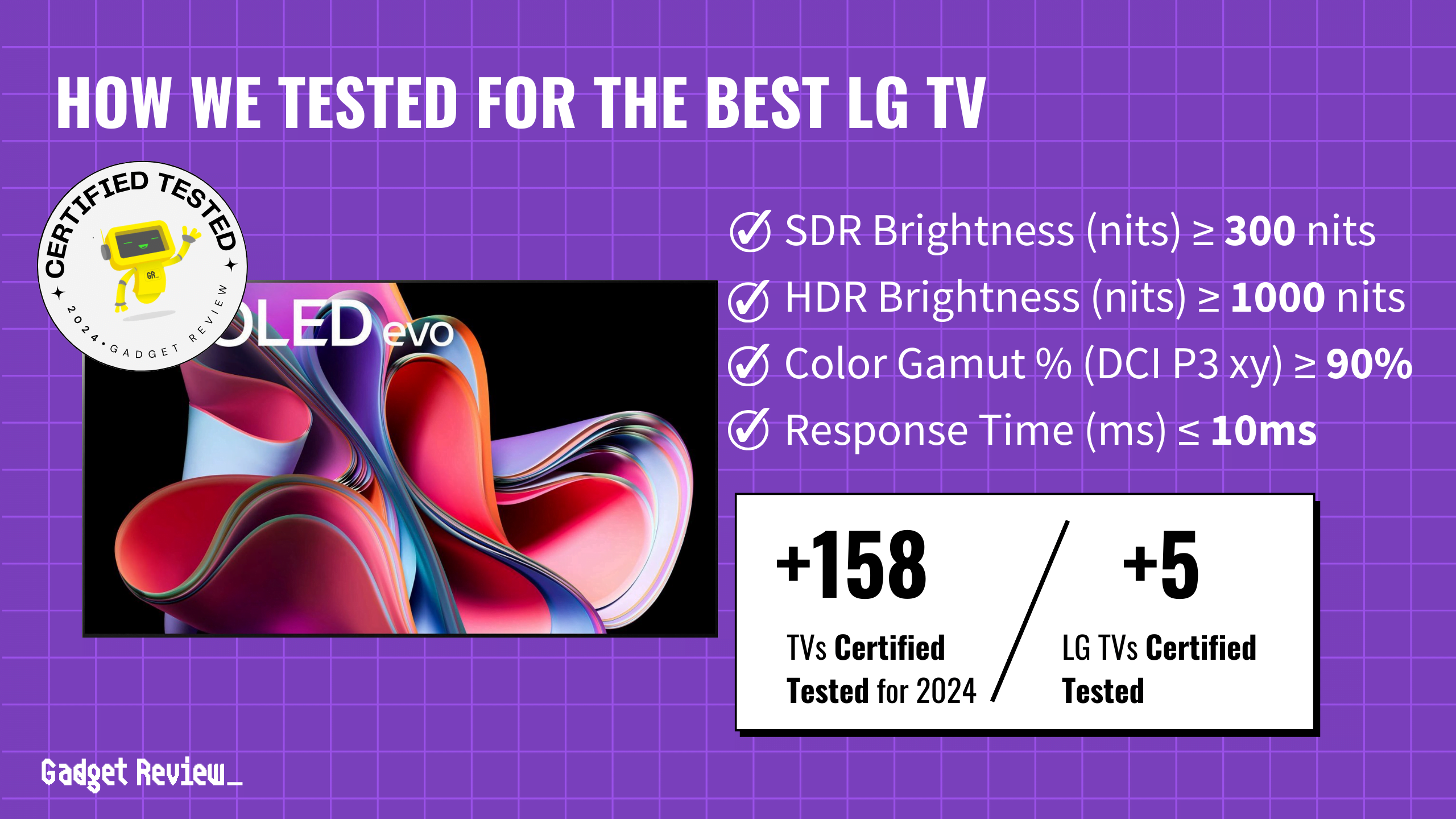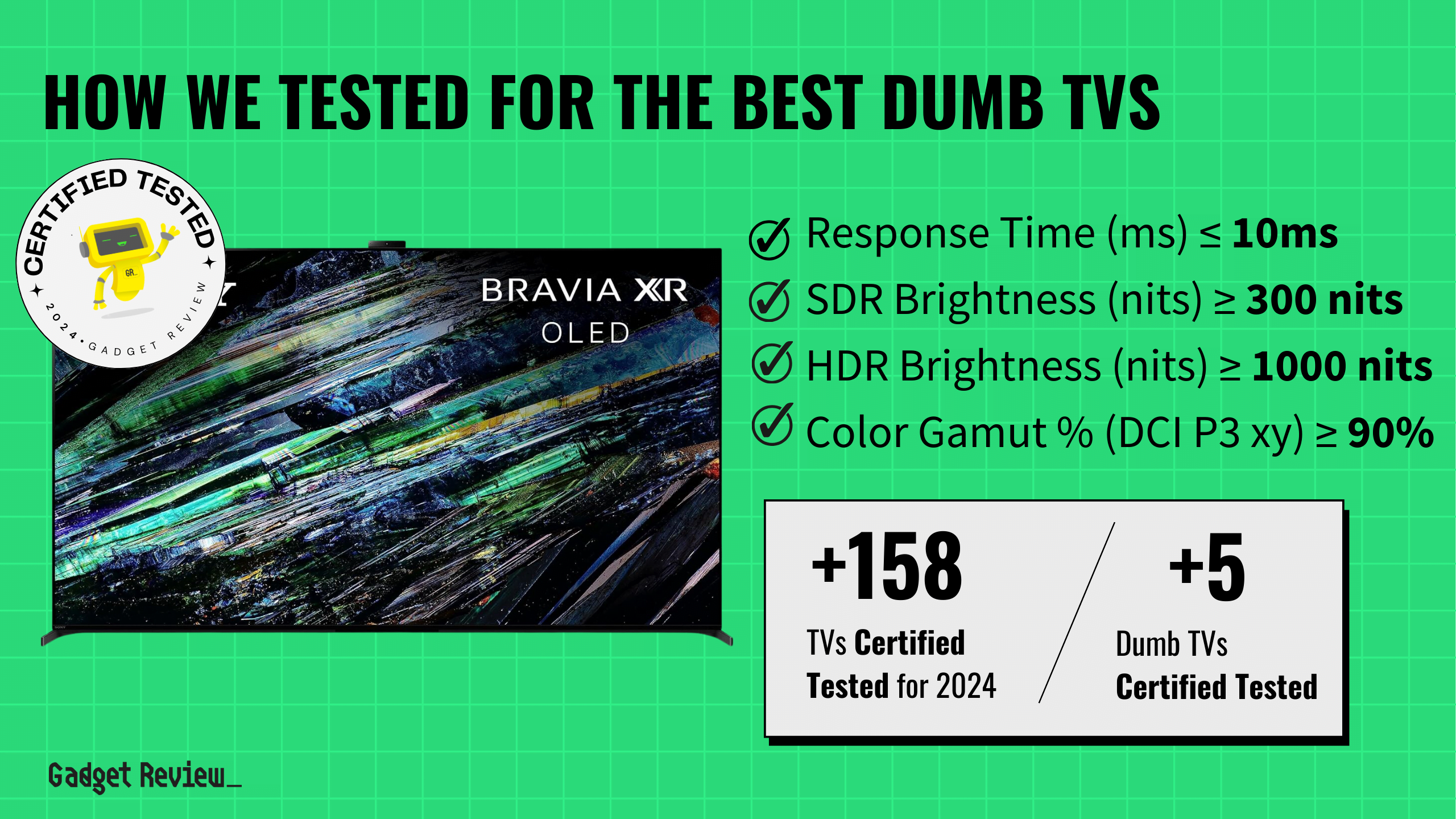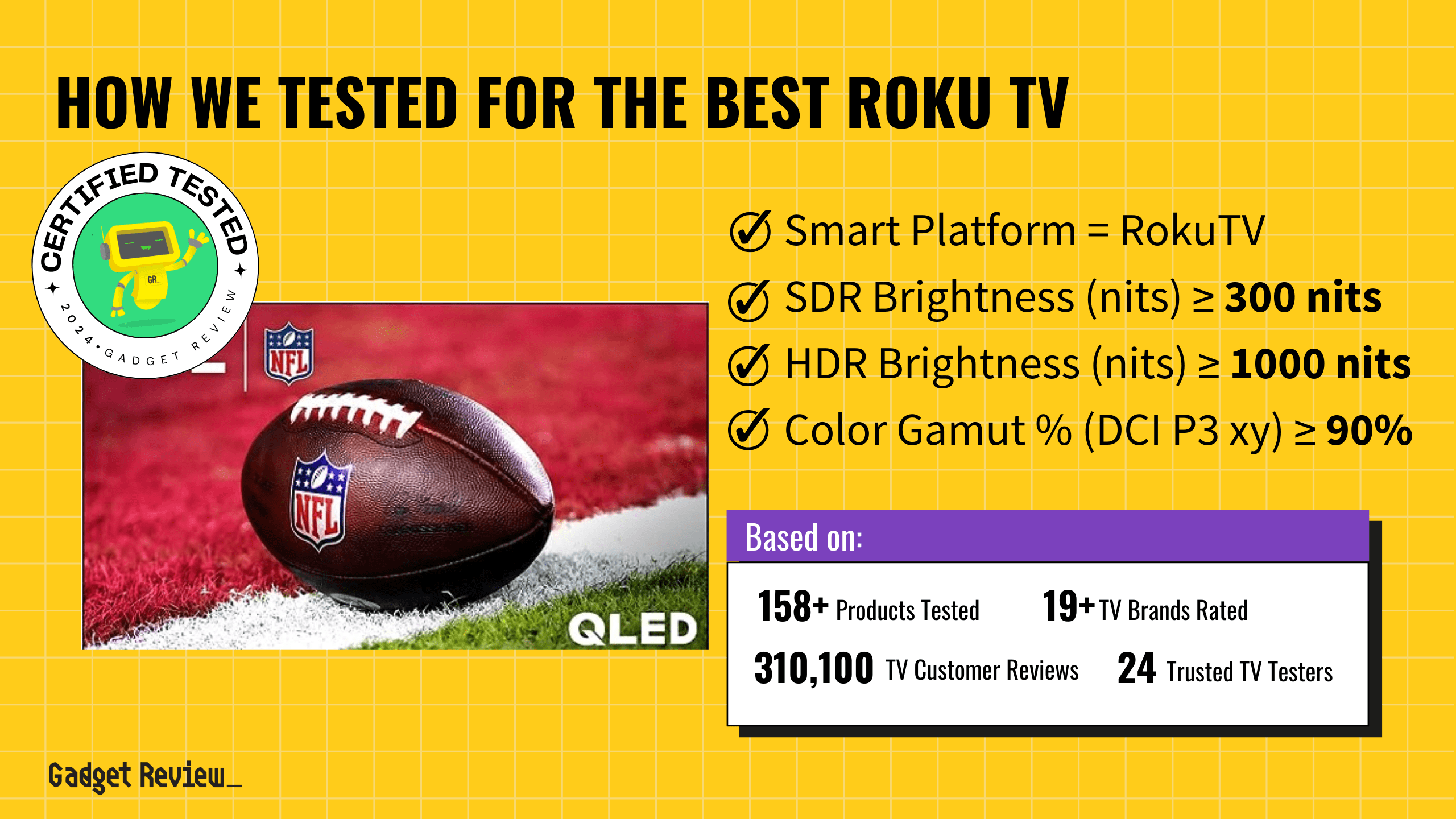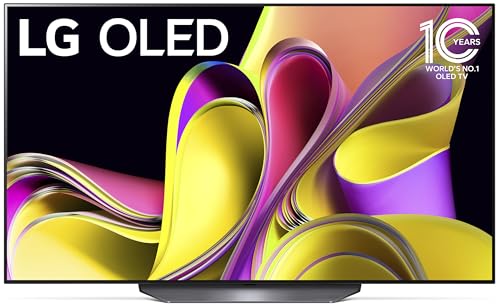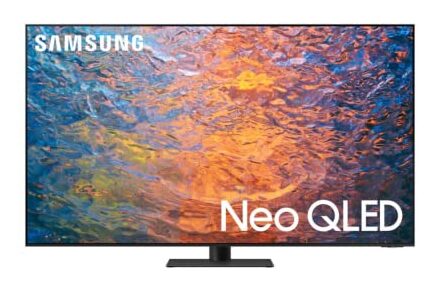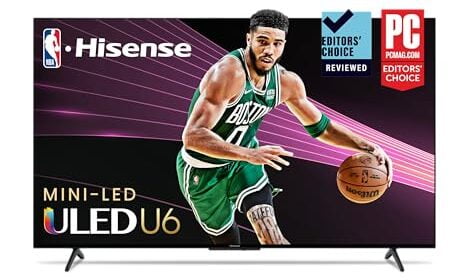Streaming TV is video content sent over the internet rather than through cables or satellite dishes.
Content is broken into smaller data packets and sent to your device. The stored data remains in the buffer for uninterrupted playback.
Then, it’s viewed on internet-capable devices like TVs, tablets, or phones, provided the internet connection is good.
Most providers offer on-demand content like Netflix, while some provide live TV streaming similar to traditional cable or satellite viewing.
How Does Streaming TV Work: Equipment Needed
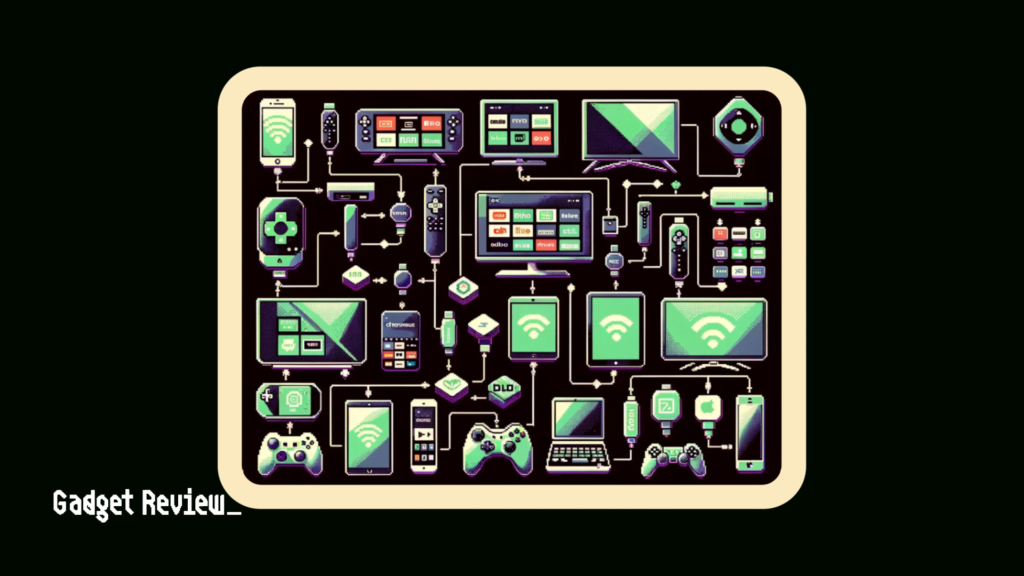
You’ll need a streaming device, such as:
- Smart TVs
- Streaming devices (Roku, Google Chromecast, Amazon)
- Video game consoles (PS5, Xbox One)
- Tablets
- Laptops
- Desktop computers
- Digital Media players
- Smartphones
Just about any device with a good internet connection can stream content.
On-Demand Services: How Does Streaming Work?
On-demand streaming services are the many digital services that provide on-demand content. This includes:
| Streaming Service | Average Price Per Month |
|---|---|
| Apple TV+ | $9.99 |
| Paramount+ | $5.99 – $11.99 |
| Netflix | $9.99 – $19.99 |
| Hulu | $6.99 – $12.99 |
| Peacock | $4.99 – $9.99 |
| Amazon Prime Video | $8.99 – $14.99 |
| Disney+ | $7.99 |
| MAX | $9.99 |
Of course, there are many more out there, with new on-demand services popping up more frequently now.
Live Streaming TV
Designed to replicate traditional live TV, live streaming is the same viewing experience, but with different channels to select from.
Plus, users also have the opportunity to use cloud-based DVRs to record live TV at their discretion. Popular live TV services include:
| Streaming Service | Average Price Per Month |
|---|---|
| Streaming service | Average price per month |
| Philo TV | $25.00 |
| Sling TV | $40.00 – $55.00 |
| YouTube TV | $73.00 |
| fuboTV | $75.00 |
| DirecTV Stream | $75.00 |
| Hulu + Live TV | $77.00 |
Why A Good Internet Connection Matters
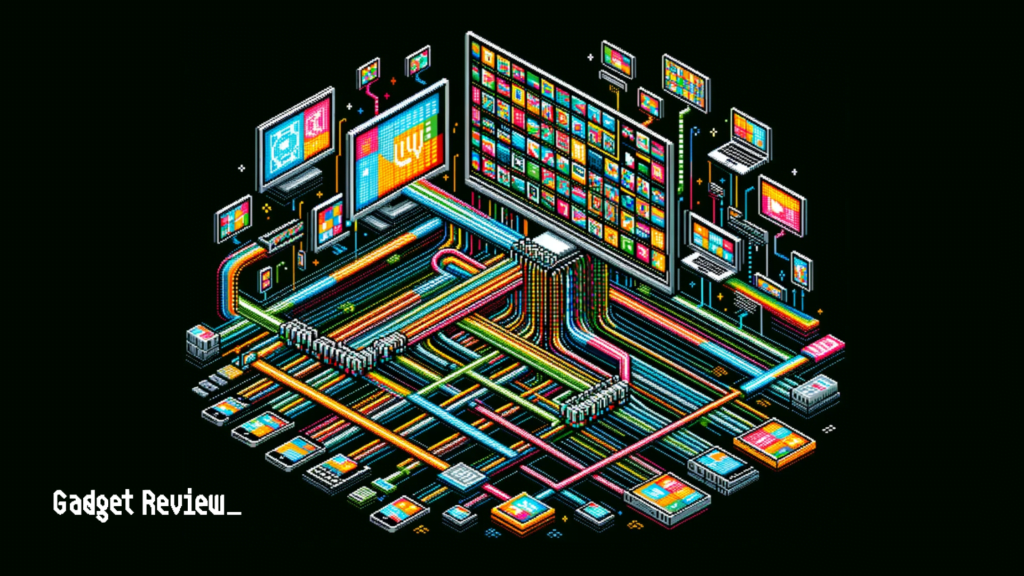
A good internet connection is pivotal for streaming TV as it ensures a smooth, buffer-free viewing experience.
The faster the internet, the quicker the data packets are transmitted to your device, allowing for high-definition streaming.
| Avg. Internet DL Speed | Works Best for | Best Number of Wi-Fi Users |
|---|---|---|
| 0–5 Mbps | – Music streaming on one device | 1–2 people |
| 5–40 Mbps | – Streaming video (single device) – Video conferencing | 3–4 people |
| 40–100 Mbps | – Streaming HD video (few devices) | 5–7 people |
| 100–500 Mbps | – Streaming video in UHD on multiple screens | 8–10 people |
| 500–1,000+ Mbps | – Streaming music and ultra high-quality video on numerous devices simultaneously | More than 10 people |
As the modern viewer moves towards a more on-demand, convenient viewing model, having a reliable internet connection becomes indispensable to fully enjoy the vast world of streaming TV.

